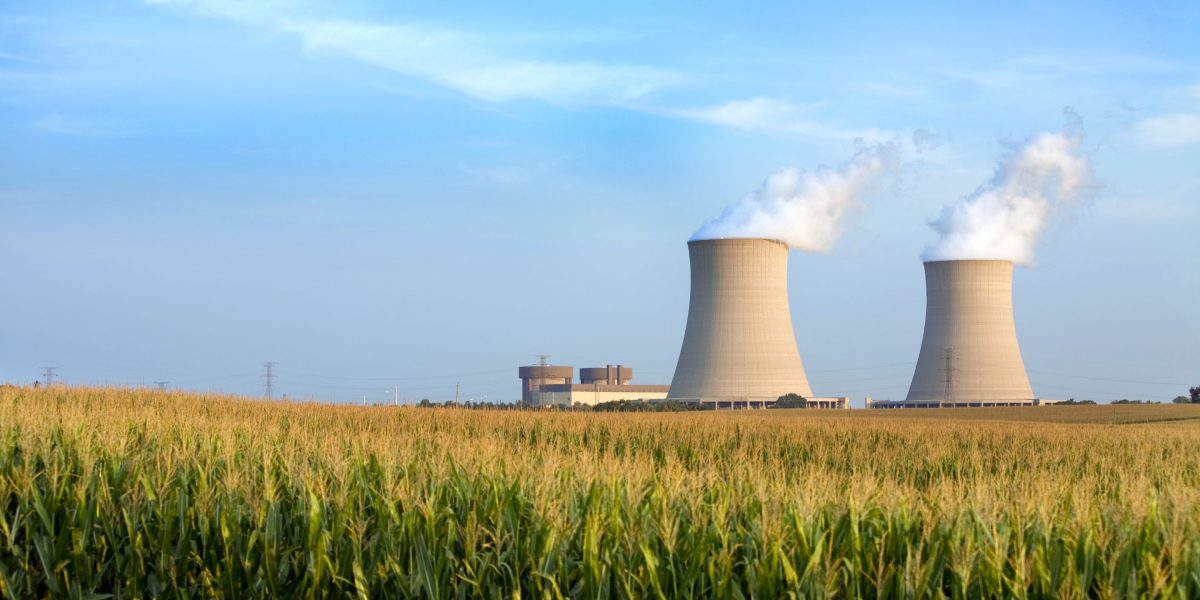Abilene Christian University is going nuclear.
The small college in Texas has received the green light by the Nuclear Regulatory Commission (NRC) to build the first research nuclear reactor in almost 40 years. Officials say it will be used to research and develop smaller-scale nuclear reactors throughout the state.
To give a sense of scale, the reactor that will be on campus will generate enough energy to power just 250 homes (versus 100,000 for a typical nuclear power plant). The school will need to get additional federal approval to fuel the facility with uranium after it is constructed.
Unlike normal reactors, which use water to cool the reactor, the school plans to use molten salt, which can reach higher temperatures. (That heat can then be converted to electricity.) It’s the first liquid salt reactor licensed by the NRC, a method the school says is safer, more efficient, and more cost-competitive than the ones used by traditional nuclear facilities. The school is working with Natura Resources, a local nuclear power company, on the reactor.
“If we’re going to meet the growing energy needs, not only in the State of Texas but in our country and the world at large, we must begin deploying advanced nuclear reactors,” Douglass Robison, Natura Resources founder and president, said in a statement. “[This reactor] will not only demonstrate successful licensure of a liquid-fueled molten salt reactor but will provide operational data that will allow us to safely and efficiently design and deploy our commercial systems.”
The college says its completed an environmental review of the construction plan in March and found “no significant impact.” The NRC completed its own reviews as well.
Nuclear power plants have been in the news more lately as power demands skyrocket, with The Wall Street Journal reporting that the owners of approximately one-third of the country’s nuclear power plants are talking with data center and AI companies. Last year, the five-year forecast from Grid Strategies projected growth of 2.6%. That number has since nearly doubled to 4.7%—and planners expect peak demand to grow by 38 gigawatts. In real-world terms, that’s sufficient to power 12.7 million homes.

